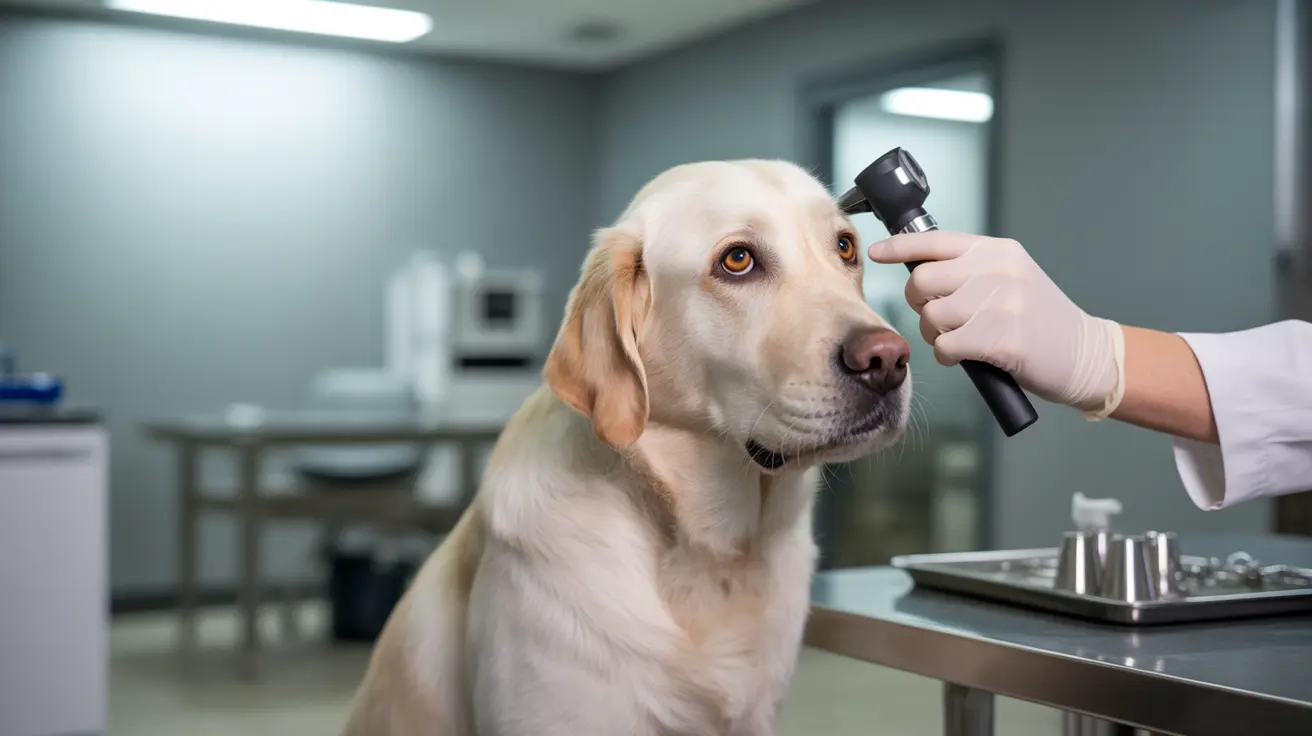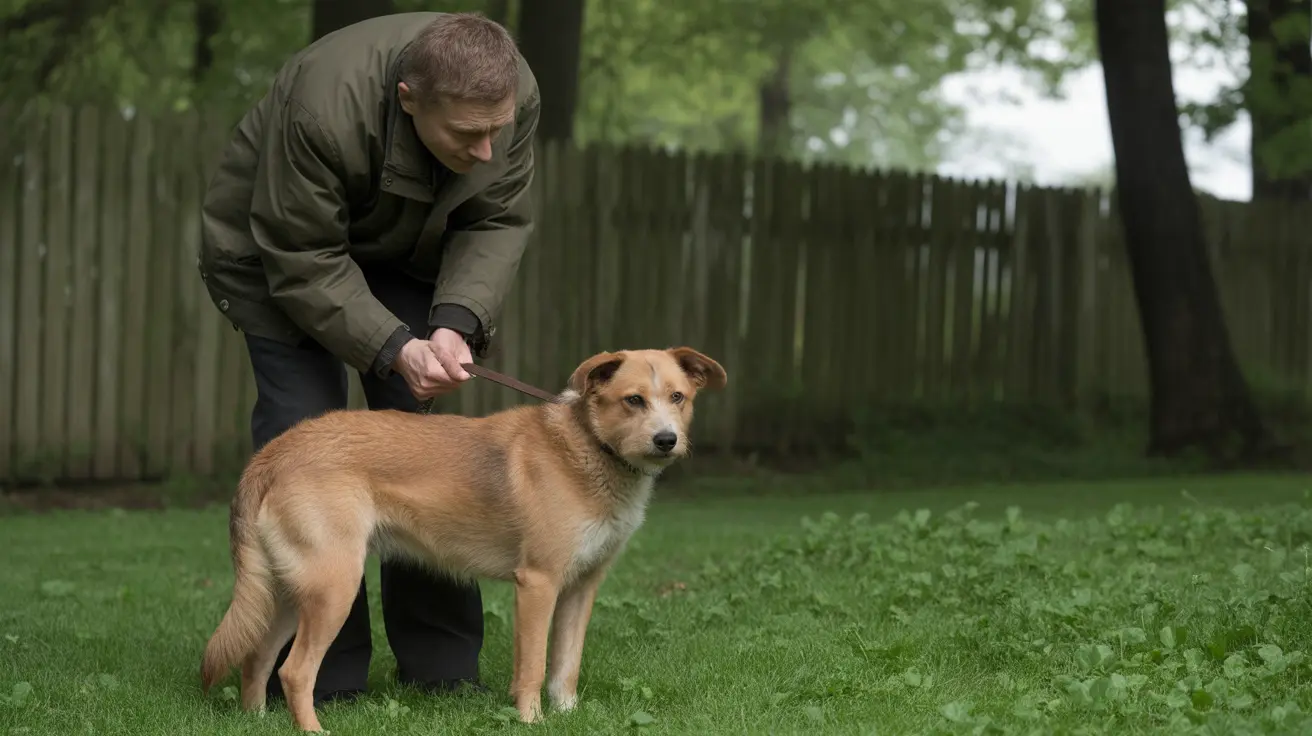Natural Ways to Kill Yeast in Dogs
Yeast infections in dogs, medically known as yeast dermatitis, are often caused by Malassezia pachydermatis, a naturally occurring fungus on canine skin. While typically harmless, under certain conditions—such as immune suppression, allergies, or frequent moisture exposure—these yeasts can overgrow and cause skin and ear issues. Understanding natural remedies and preventative care can help pet owners manage and even prevent yeast outbreaks in their dogs.
What Causes Yeast Overgrowth?
Yeast thrives in warm, moist environments and can multiply when the body's defenses weaken. Common factors include:
- Immune suppression due to illness or corticosteroid medication
- Allergies (food, environmental, or contact-related)
- Skin disorders such as seborrhea
- Moisture trapping from swimming or being overweight
- Poor hygiene and matted fur
- Use of antibiotics, which can disrupt the natural microbial balance
- Endocrine issues like hypothyroidism or Cushing’s disease
Natural Methods to Kill Yeast
Before beginning any home treatment, always consult your veterinarian. Natural remedies include:
- Diluted vinegar rinses: White or apple cider vinegar mixed with water can create an acidic environment unsuitable for yeast growth. A common ratio is 1 part vinegar to 2 parts water. Use as a rinse or compress under supervision.
- Keeping affected areas dry: Moisture feeds yeast. After cleaning or exposure to water, ensure paws, ears, and skin folds are thoroughly dried.
- Diet adjustments: Reducing high-sugar and carbohydrate foods may help, as some yeasts feed on sugars. Always discuss changes with a vet.
- Topical antifungal shampoos: Natural or medicated shampoos containing ingredients like chlorhexidine, ketoconazole, or miconazole can reduce yeast levels. Use as instructed and leave on for 10 minutes before rinsing.
Preventative Measures
Prevention is key in managing yeast infections. Key strategies include:
- Managing allergies: Identify triggers and minimize exposure.
- Grooming: Regular bathing using appropriate shampoos, brushing, and trimming hair in at-risk areas.
- Drying folds and ears: After bathing or swimming, gently dry ears, paws, and facial folds.
- Weight management: Prevent excessive skin folds that can retain moisture.
- Routine ear cleaning: Prevent wax build-up and moisture retention.
When to See a Veterinarian
If your dog shows signs such as itching, odor, greasy skin, ear discharge, or hair loss, it may have a yeast infection. A vet can confirm the diagnosis through physical examination and testing methods like:
- Microscopic skin examinations
- Skin scrapings or tape impressions
- Fungal cultures
- Bloodwork for underlying conditions
Commonly Affected Breeds
Certain breeds are more susceptible, including:
- West Highland White Terriers
- Cocker Spaniels
- French and English Bulldogs
- Shih Tzus
- Dachshunds
- Labrador and Golden Retrievers
Long-Term Outlook
With proper treatment and management, most dogs recover well. Natural and veterinary treatments may take weeks to months for full resolution. However, chronic or recurring infections are possible if underlying issues aren't addressed.
Final Thoughts
Natural methods can support yeast infection control, but they should never replace veterinary advice. A multi-faceted approach involving hygiene, nutrition, preventative care, and medical treatment is the most effective way to keep your dog comfortable and yeast-free.





